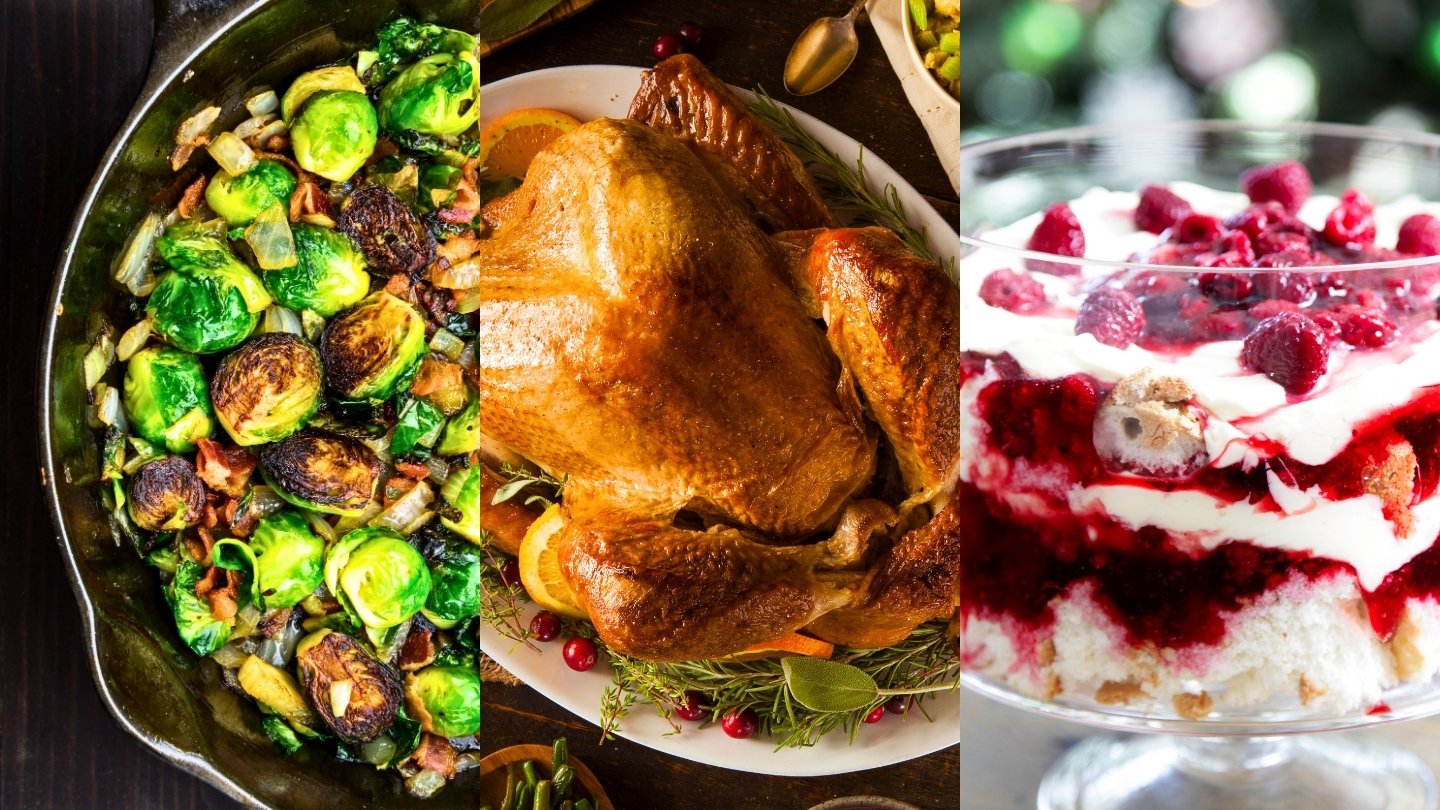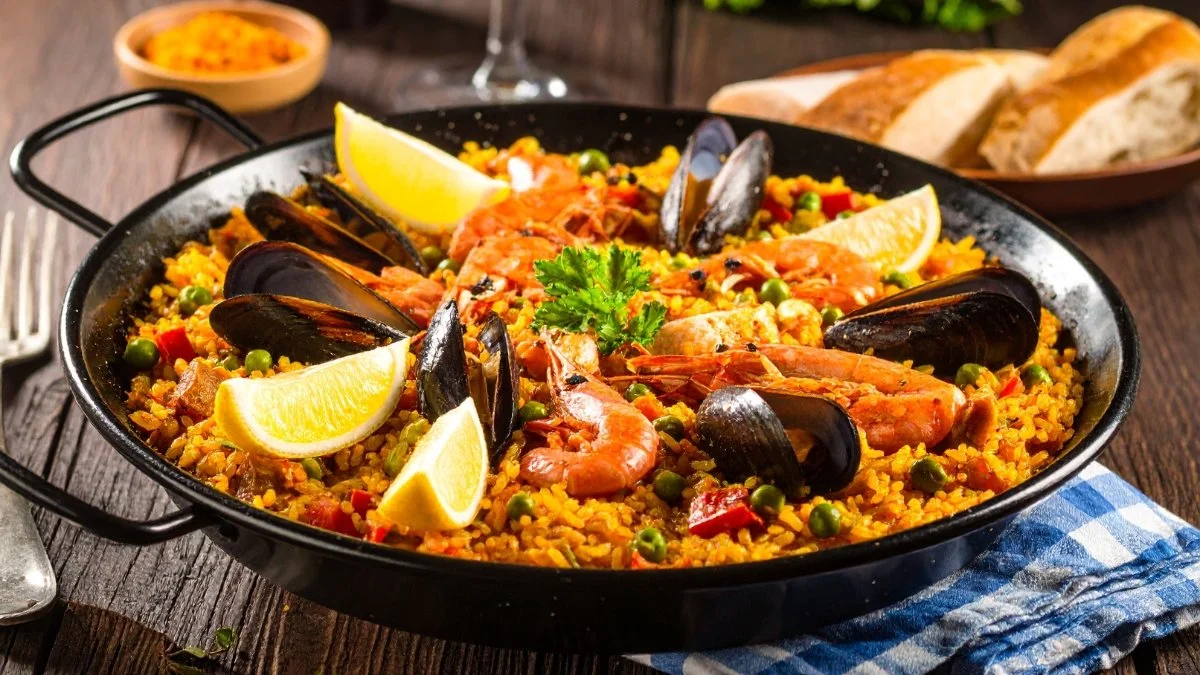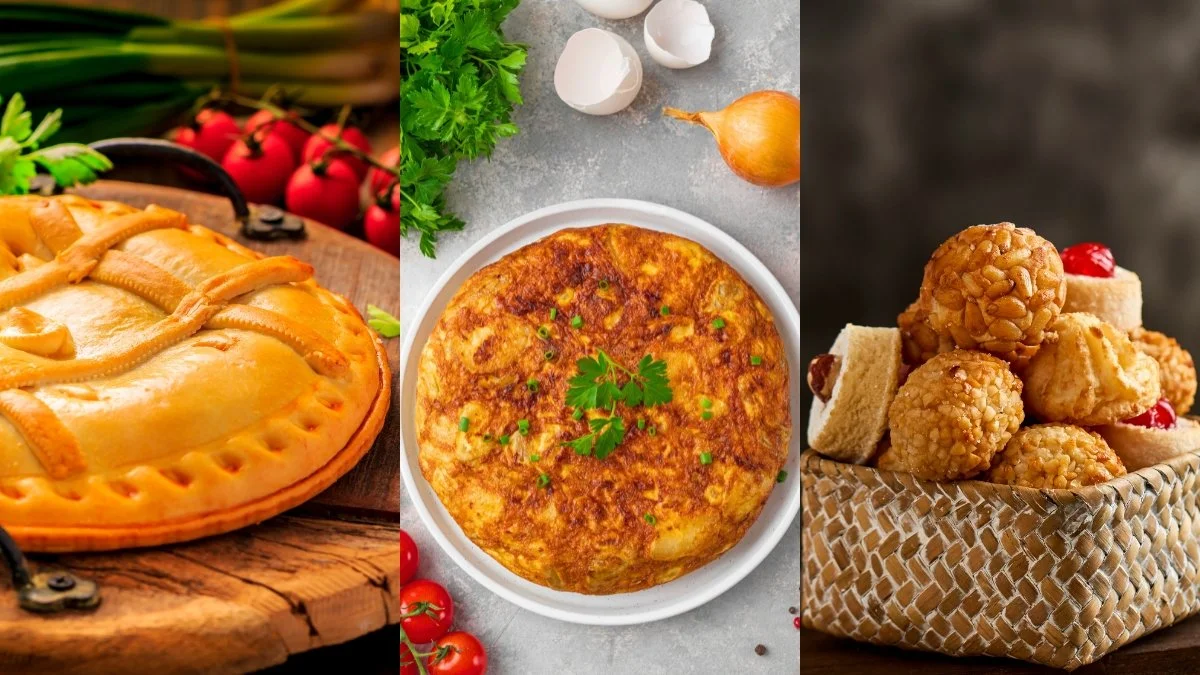Fresh Egg Pasta
Makes enough for about 4 to 6 servings
Ingredients
2 cups flour, plus extra for rolling the pasta
1/2 teaspoon salt
3 large eggs
Equipment
Mixing bowl
Fork or dough whisk
Pasta machine (see Additional Notes for rolling pasta by hand)
Baking sheet
Clean dish towel
Instructions
1. Combine the Flour and Salt: Whisk together the flour and salt with a fork in a medium mixing bowl.
2. Add the Eggs: Create a deep well in the middle of the flour and crack the eggs into this well. Whisk the eggs with the fork to combine.
3. Begin Combining the Flour and Eggs: As you whisk the eggs, begin gradually pulling in flour from the bottom and sides of the bowl. Don't rush this step. At first, the eggs will start to look like a slurry. Once enough flour has been added, it will start forming a very soft dough. Don't worry if you haven't used all the flour.
4. Knead the Pasta Dough: Turn the dough and any excess flour out onto a clean counter. Begin gently folding the dough on itself, flattening, and folding again. It will be extremely soft at first, then gradually start to firm up. Once it's firm enough to knead, begin kneading the dough. Incorporate more flour as needed to prevent the dough from sticking to you or the counter. Slice into the dough with a paring knife; if you see lots of air bubbles, keep kneading. The dough is kneaded when it forms a smooth elastic ball and has very few air bubbles when cut.
5. Rest the Pasta Dough: Clean and dry the mixing bowl. Place the ball of dough inside and cover with a dinner plate or plastic wrap. Rest for at least 30 minutes.
Note: At this point, the pasta dough can be refrigerated for up to 24 hours. Let it come back to room temperature before rolling.
6. Divide the Pasta Dough: Sprinkle a baking sheet generously with flour and scrape the ball of dough on top (it will stick to the bowl; use a spatula or bowl scraper if necessary). Divide the dough into four equal portions. Dust the portions with flour and cover with a clean dishtowel.
Note: The name of the game at this point is to keep everything well-floured to prevent the pasta from sticking to itself or the roller as you work. If the dough starts to feel sticky as you roll it, sprinkle it with flour. Also sprinkle flour on any pasta you're not working (rolled, cut or otherwise) with and keep it covered with a dishtowel.
7. Begin Rolling Out the Pasta: Set your pasta machine to the thickest setting (usually marked "1"). Flatten one piece of dough into a thick disk between your hands and feed it through the pasta roller. Repeat once or twice. Fold this piece of dough into thirds, like folding a letter, and press it between your hands again. With the pasta machine still on the widest setting, feed the pasta crosswise between the rollers . Feed it through once or twice more until smooth. If desired, repeat this folding step. This helps to strengthen the gluten in the flour, giving it a chewier texture when cooked.
8. Thin the Pasta: Begin changing the settings on your roller to roll the pasta thinner and thinner. Roll the pasta two or three times at each setting, and don't skip settings (the pasta tends to snag and warp if you do). If the pasta gets too long to be manageable, lay it on a cutting board and slice it in half. Roll the pasta as thin as you like to go. For linguine and fettuccine, I normally go to 6 or 7 on the KitchenAid attachment.
9. Cut the Pasta: Cut the long stretch of dough into noodle-length sheets, usually about 12-inches. If making filled pasta or lasagna, proceed with shaping. If cutting into noodles, switch from the pasta roller to the noodle cutter, and run the sheet of pasta through the cutter. Toss the noodles with a little flour to keep them from sticking and gather them into a loose basket. Set this basket on the floured baking sheet and cover with a towel while you finish rolling and cutting the rest of the dough.
Note: I find it easiest to roll all the pasta at once before proceeding to cutting it into noodles. I sprinkle the sheets of pasta liberally with flour and overlap them on a floured baking sheet, covered with a towel.
10. Cooking: To cook the pasta immediately, bring a large pot of water to a boil, salt the water, and cook the pasta until al dente, 4-5 minutes.
Pesto Cream Sauce
Ingredients
3/4 cups Fresh Basil Leaves
1/2 cup Grated Parmesan Cheese
3 Tablespoons Nuts (Pine Nuts, Walnuts, Pecans)
2 cloves Garlic, Peeled
Salt And Pepper, to taste
1/3 cup Extra Virgin Olive Oil
1/2 cup Heavy Cream
2 Tablespoons Butter
Preparation
Add basil leaves, 1/2 cup Parmesan, pine nuts, and salt and pepper to a food processor or blender. Turn the machine on, then drizzle in olive oil while it mixes. Continue blending until combined, adding additional olive oil if needed. Set aside.
Heat cream and butter in a small saucepan over medium-low heat. Add pesto and stir.
Basic Tomato with Meat Sauce
Ingredients
1/4 cup extra-virgin olive oil
1 lb ground beef
1 Spanish onion, finely diced
4 garlic cloves, peeled and thinly sliced
3 tablespoons chopped fresh thyme, or 1 tablespoon dried
1 medium carrot, finely shredded
2 28-ounce cans peeled whole tomatoes
Kosher salt, to taste
Preparation
In a 3-quart saucepan, heat the olive oil over medium heat. Add ground beef and saute, breaking up the beef, until fully cooked. Remove with a slotted spoon, set aside and reserve 2 Tbs of the fat/oil, and set aside. Add the onion and garlic to the same pan and cook until soft and light golden brown, 8 to 10 minutes. Add the thyme and carrot and cook for 5 minutes more, or until the carrot is quite soft. With your hands, crush the tomatoes and add them with their juices. Bring to a boil, stirring often, and then lower the heat and simmer for 15 minutes, add the beef back to the sauce, and continue to simmer for 15 more minutes, or until the sauce is as thick as hot cereal. Season with salt and serve. This sauce holds for 1 week in the refrigerator or for up to 6 months in the freezer.
3 Cheese Ravioli
Serves 6
1 egg
2 cups ricotta cheese
1 cup parmesan cheese, plus more for serving
1/2 cup mozzarella cheese
1 Tablespoon parsley
1 teaspoon salt
For the filling, mix all cheeses, one egg, parsley and salt.
Separate the ball (1lb) of pasta dough into six different balls, and cover them so they don't dry out. Take one ball, and roll it out so it is thin enough that you can see light through it when you hold it up to a window. Use lots of flour to prevent sticking.
Place ricotta filling in Tablespoons along the long side of the dough, about 2 inches apart.
Wet the edges of the pasta with water or an egg wash to ensure it sticks together well.
Fold the other half of the dough over, pinching the edges and sealing in between each ravioli filling. You need to be careful not to catch any air inside of the ravioli. If you do find some air inside and you can't lift the edges to let it out, poke a small hole in the dough to let out the air, then pinch the hole shut.
Cut your ravioli into individual pieces. You can use a knife or a cookie cutter. You'll want to make sure there isn't too much dough on the edges, as this will mess up the dough-to-filling ratio. Place on a floured baking sheet. Let rest while you prepare your sauce.
Bring a large pot of water to boil. Add salt, if desired.
Place ravioli in boiling water. Boil for 3-5 minutes until tender. Remove with a slotted spoon or sieve and serve immediately.
Serve drizzled in olive oil, butter or a marinara sauce and sprinkled with Parmesan cheese.
Arugula, Pear and Pine Nut salad
serves 4
Ingredients
1 cup boiling water
3 tbsp. raisins
1 tbsp. fresh lemon juice
2 ripe pears, peeled, cored, and thinly sliced
1 tablespoon unsalted butter
2 tablespoons brown sugar
5 oz. baby arugula or mixed greens
Kosher salt and freshly ground black pepper, to taste
4 oz. Pecorino Romano
3 tbsp. pine nuts, toasted
1⁄4 cup balsamic vinegar
1⁄2 cup olive oil
Instructions
Combine water and raisins in a bowl; let sit 20 minutes and drain.
Toss lemon juice with pears in a bowl. Heat a large skillet over medium heat and add pears to pan, once the pears are active and cooking add butter and brown sugar. Allow to cook tossing gently until pears have caramelized, set aside to cool.
Arrange arugula on a serving platter; season with salt and pepper. Top with pears and shaved pecorino over top; sprinkle with raisins and pine nuts.
Whisk balsamic, salt, and pepper in a bowl. While whisking, slowly drizzle in oil until emulsified; drizzle dressing over salad.







